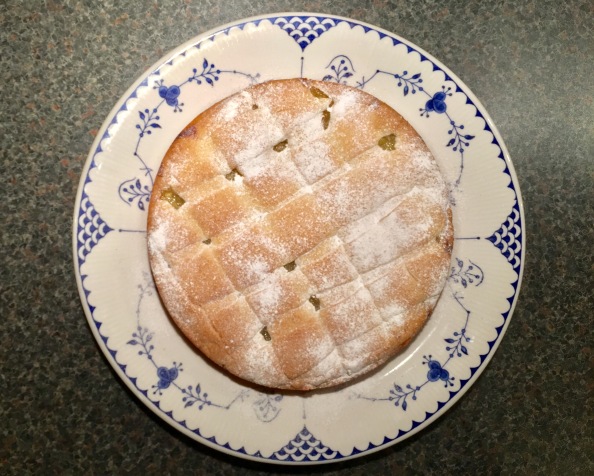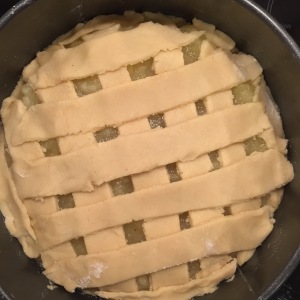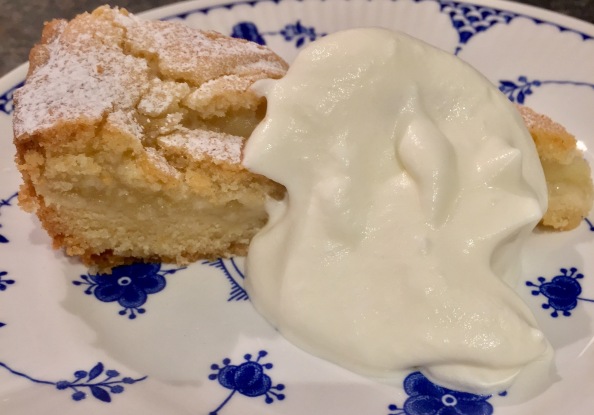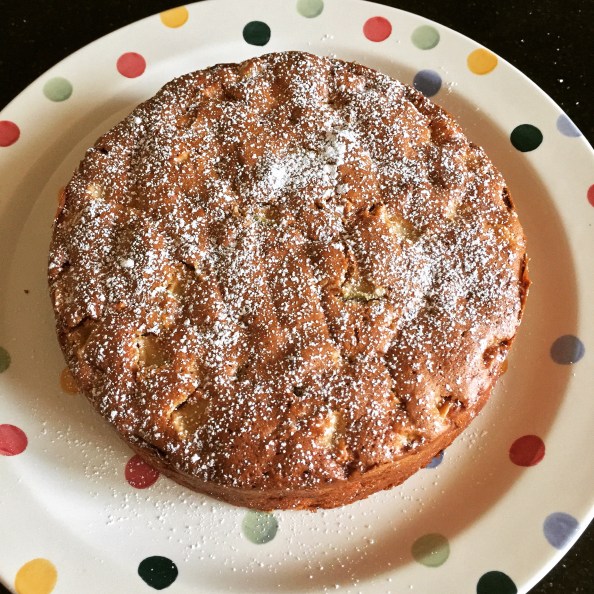I belong to a little film club comprising eight friends. We meet every six weeks or so and take it in turns to host. The hostess (yes, we are all female) chooses the film and makes supper which we eat at the start of the evening, usually, but not always, sitting at a kitchen or dining room table. Pudding and/or chocolates tend to be consumed on the sofa while watching the film. We are allowed to pause the film for loo breaks, to make tea and coffee or to comment on or ask each other questions about the film. It’s great fun.
We’ve watched a wide range of films over the years, both foreign language and English. It was my turn to host our last meeting and I chose the film Carol with Cate Blanchett and Roony Mara. I always mean to go to the cinema to see the Oscar nominated films but invariably don’t get around to it, so film club presents an excellent opportunity. And it’s so easy to watch films these days. On this occasion all I did was log on to Amazon Instant Video to rent the film and within seconds it was available to watch.
We liked the film very much. It is beautiful and moving and Cate Blanchett’s performance is every bit as good as one has come to expect. But I will leave film reviews to others and move on to important matters like the food!
Supper was Rick Stein’s Bolognese sausage ragù with tagliatelle. I’d recently watched his programme from Bologna in which he’d toured that city’s food markets and restaurants. It had transported me back to a wonderful holiday we’d enjoyed in that region of Italy when we’d also discovered its delicious cucina.

Bologna 2008

Bologna 2008

Bologna 2008

Bologna 2008

Bologna 2008

Bologna 2008

Bologna 2008

Bologna 2008

Bologna 2008

Bologna 2008

Bologna 2008

Bologna 2008

Bologna 2008

Bologna 2008

Bologna 2008

Bologna 2008

Bologna 2008

Bologna 2008

Bologna 2008

Bologna 2008
During the programme Stein made the ragù and I decided there and then to make it for film club. My guests were too polite to say so but I know it was a little dry. I was trying not to add too much wine/stock/cream to adjust for the fact that, as I’ve mentioned before in this blog, Agas are brilliant at retaining moisture. But I went too far and felt we could have done with a little more creaminess to coat the strands of tagliatelle. The flavour, however, was superb: with the aroma of fennel, rosemary and chilli, we could almost have been in Bologna. I will definitely be making it again soon and might update this post if I get the liquid:sausagemeat ratio right next time, but for now, here’s the recipe with my suggestions based on my experience.
By the way, I made double the BBC recipe linked to above (there were seven of us eating that night) and cooked, I felt, a little too much tagliatelle (750g). I didn’t add all of it to the ragù but there was still plenty; nor did I emulate Rick Stein and make my own pasta. I chose this very good quality one by “Artigiano Pastaio” which is not cheap but worth it for a treat.
Finally, at the last minute, with my friends arriving on the doorstep, I remembered just in time to take a few photos. Taking photos of the food needs to become second nature to me and I must learn to ignore my family when they roll their eyes at me for holding up the meal in order to take pics, or I won’t be able to call myself a blogger.
Ingredients
(For 4 people)
- 400g fresh or good quality dried tagliatelle (or homemade as per Rick Stein’s recipe)
- 400g sausagement
- 1 tbsp olive oil
- 1 medium onion, chopped
- 2 sticks celery, chopped
- 3/4 tsp fennel seeds, roughly ground in pestle and mortar
- 1/4 tsp chilli flakes
- 1 sprig rosemary, leaves finely chopped
- I large clove garlic, crushed
- 150ml dry white wine
- 150ml chicken stock
- 150ml double cream
- Salt and pepper
- Grated parmesan to serve
Method
- Heat the oil in a large casserole on the boiling plate and break up the sausagemeat into it. Cook for about 10 minutes, stirring all the time, moving it to the simmering plate if it seems too hot
- Add the onion, celery, fennel seeds, chilli flakes and rosemary and cook for about 15 minutes until the onion is soft. You can do this in the simmering oven, maybe for a little longer than 15 minutes
- Add the garlic, give it a stir and then pour in the white wine. Cook for 10 minutes or so on the simmering plate until it’s reduced. Then add 100ml of stock and 100ml of cream, season, let it come to a simmer then cover with a lid. Cook in the simmering oven for 30 minutes or so and take a look. If you think it looks a bit dry add the rest of the stock and cream.
- You can leave it for an hour or two in the simmering oven. When you’re nearly ready to eat, cook the tagliatelle according to packet instructions and when it’s al dente, drain, add it to the ragù and mix it in.
Serve with a dressed green salad.
I haven’t posted for a while so here are photos of other things we’ve been eating lately. First, I made Mamma Moore’s apple cake again, but this time with rhubarb, of which my allotment-owning sister-in-law brought a whole load when she visited recently. It worked superbly; rhubarb and ginger have a real affinity.
And then last night we had the simplest of seasonal dishes: trout caught the night before by my husband’s friend, baked in the oven with lemon juice, butter and parsley and accompanied by Jersey Royal new potatoes, carrots and fresh peas.














































 Don’t worry: you can just patch them together as you place them. As you can see from the photos, mine does not look remotely professional
Don’t worry: you can just patch them together as you place them. As you can see from the photos, mine does not look remotely professional












































